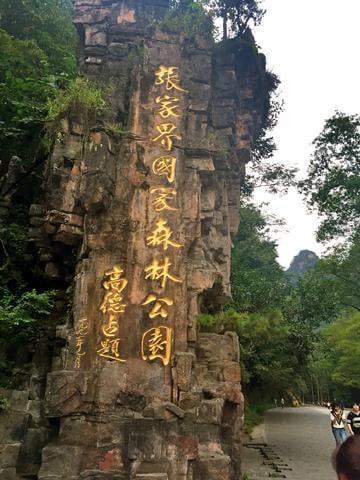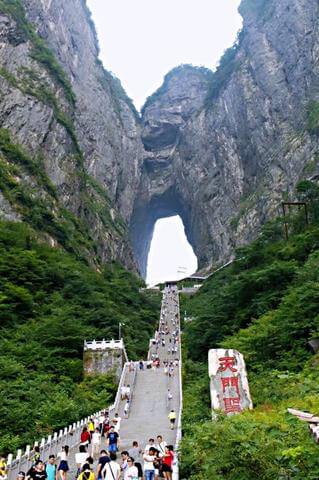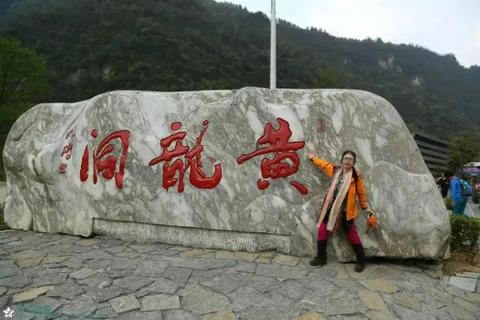
Origin of the Name: It was originally named Dayong City. Since April 4, 1994, it has been officially renamed Zhangjiajie City.
Geographical Location: Located in the hinterland of the Wuling Mountains, between 28°52′ - 29°48′ north latitude and 109°40′ - 111°20′ east longitude. The city measures 167 kilometers at its longest east-west span and 96 kilometers at its widest north-south span.
Administrative Divisions: It governs two districts, Yongding and Wulingyuan, as well as two counties, Cili and Sangzhi.
Area and Population: It has a total area of 9,533 square kilometers and a registered population of 1.68 million.
Zhangjiajie National Forest Park: Situated in the Wulingyuan District of Zhangjiajie City, on September 25, 1982, with the approval of the State Council of the People's Republic of China, the former Zhangjiajie Forest Farm was officially named "Zhangjiajie National Forest Park", which is also China's first national forest park. There are thousands of strange peaks and hundreds of beautiful waters in the park, including well-known scenic spots such as Yuanjiajie, Jinbianxi, and Tianzishan.

Tianmen Mountain Scenic Area: Located in the Yongding District of Zhangjiajie City, Tianmen Mountain has a profound cultural heritage and is known as the "First Sacred Mountain in Western Hunan" and the "Soul of Wuling". The scenic area features attractions such as Tianmen Cave, the glass walkway, and the Tianmen Mountain cableway, with clouds and mists lingering all year round and ever-changing sea of clouds views.

Huanglong Cave Tourist Area: It is a typical karst landform. With its huge three-dimensional cave space, rich cave landscapes, and both land and water sightseeing routes, it stands out in the world and enjoys top honors such as "Wonder of the World's Karst Caves", "All-round Champion of the World's Karst Caves", and "Most Beautiful Karst Cave for Tourism in China".

Ethnic Cultures: Zhangjiajie is a multi-ethnic inhabited area, mainly populated by the Tujia, Bai, and Miao ethnic groups. Over the long years of production and life, these ethnic groups have created brilliant, colorful ethnic cultures. For example, Sangzhi folk songs and the Sangzhi ethnic Zhangguwu dance have been included in the national and provincial intangible cultural heritage protection lists.
Red Culture: Zhangjiajie is a land with a revolutionary past. Sangzhi County is the hometown of Marshal He Long, and there are red tourist attractions such as the He Long Memorial Hall, which comprehensively showcases the fighting life of Marshal He Long.
Tujia Three-pot Cuisine: Using cured meat, tofu, and radish as the main ingredients, along with seasonings like scallions, ginger, garlic, and chili peppers, they are stewed together. It tastes spicy and delicious and is one of the characteristic delicacies in Zhangjiajie.
Zhangjiajie Rice Noodles: They have a smooth and chewy texture, and the soup is delicious. Paired with various seasonings and side dishes, such as shredded meat, eggs, and fungus, the flavor is very rich.
Classic Landscape Tour: Zhangjiajie National Forest Park (Yuanjiajie, Tianzishan, Jinbianxi) - Tianmen Mountain Scenic Area in Zhangjiajie.
Folk Culture Tour: Sangzhi County (He Long Memorial Hall, Sangzhi Folk Song Square) - Cili County (Jiangya Hot Spring, Wuleishan Taoist Temple) - Yongding District (Tujia Folk Custom Garden).
Red Study Tour: He Long's Former Residence - He Long Memorial Hall - The Memorial Hall of the Starting Point of the Long March of the Second Red Army.
